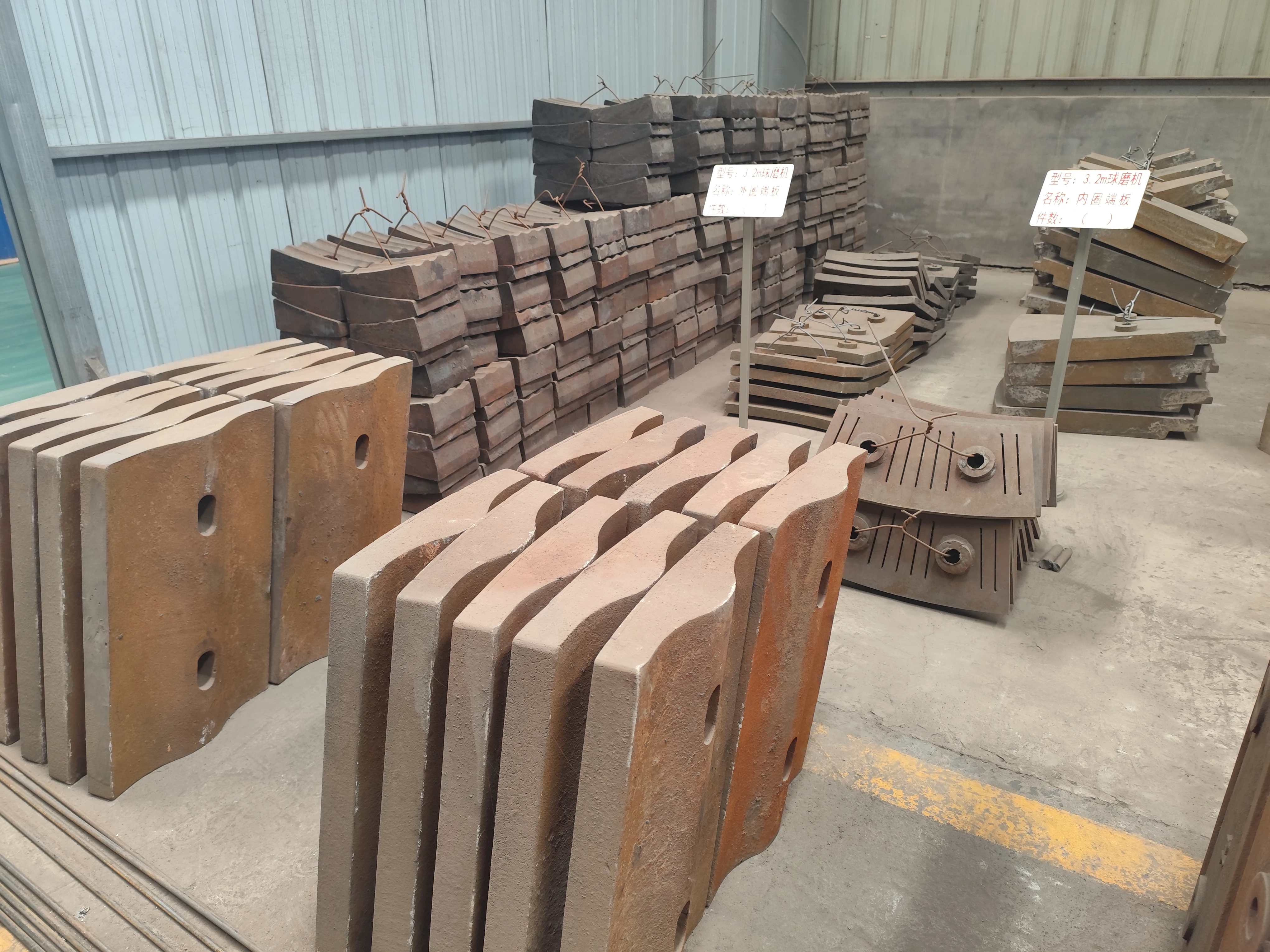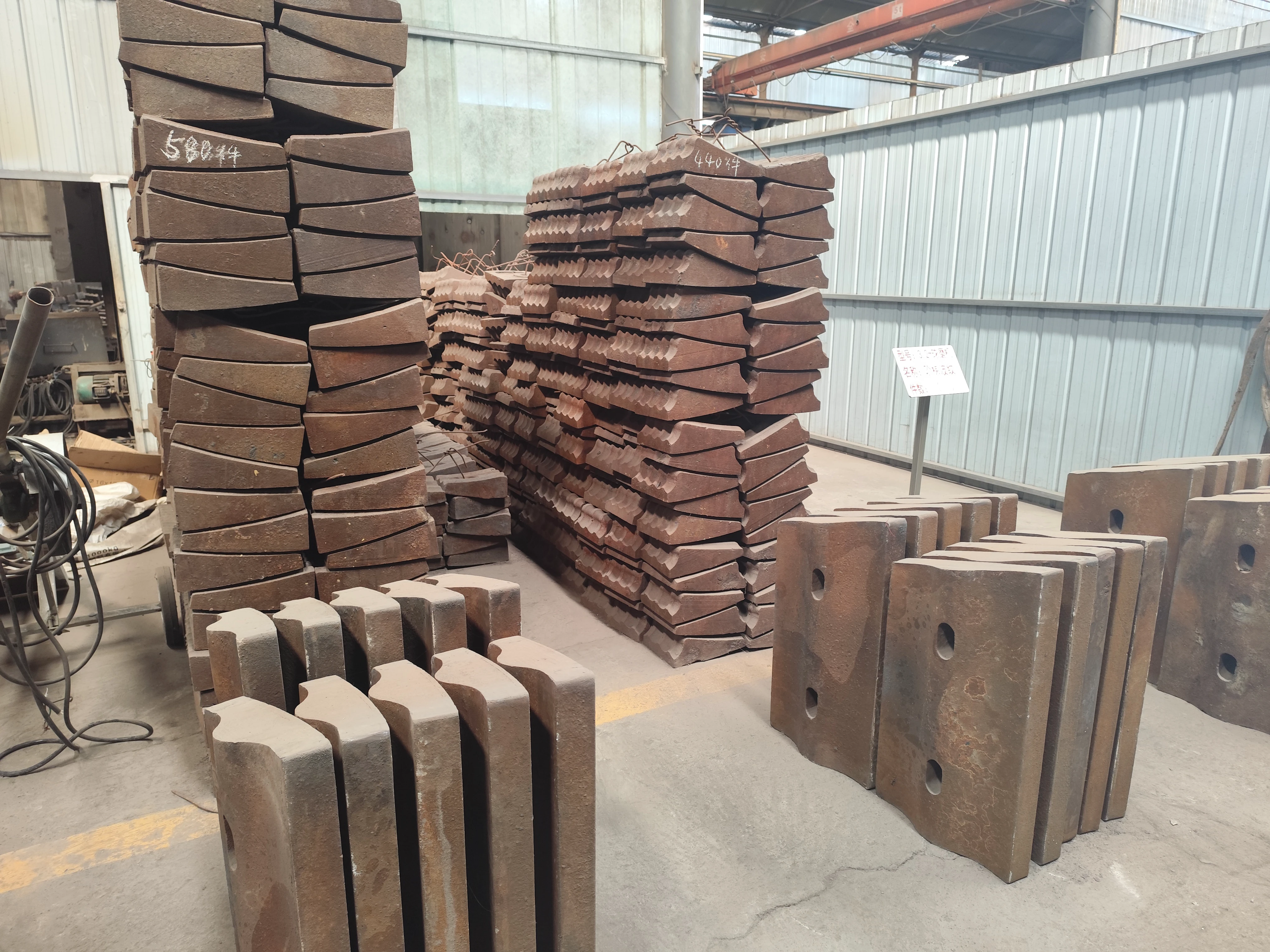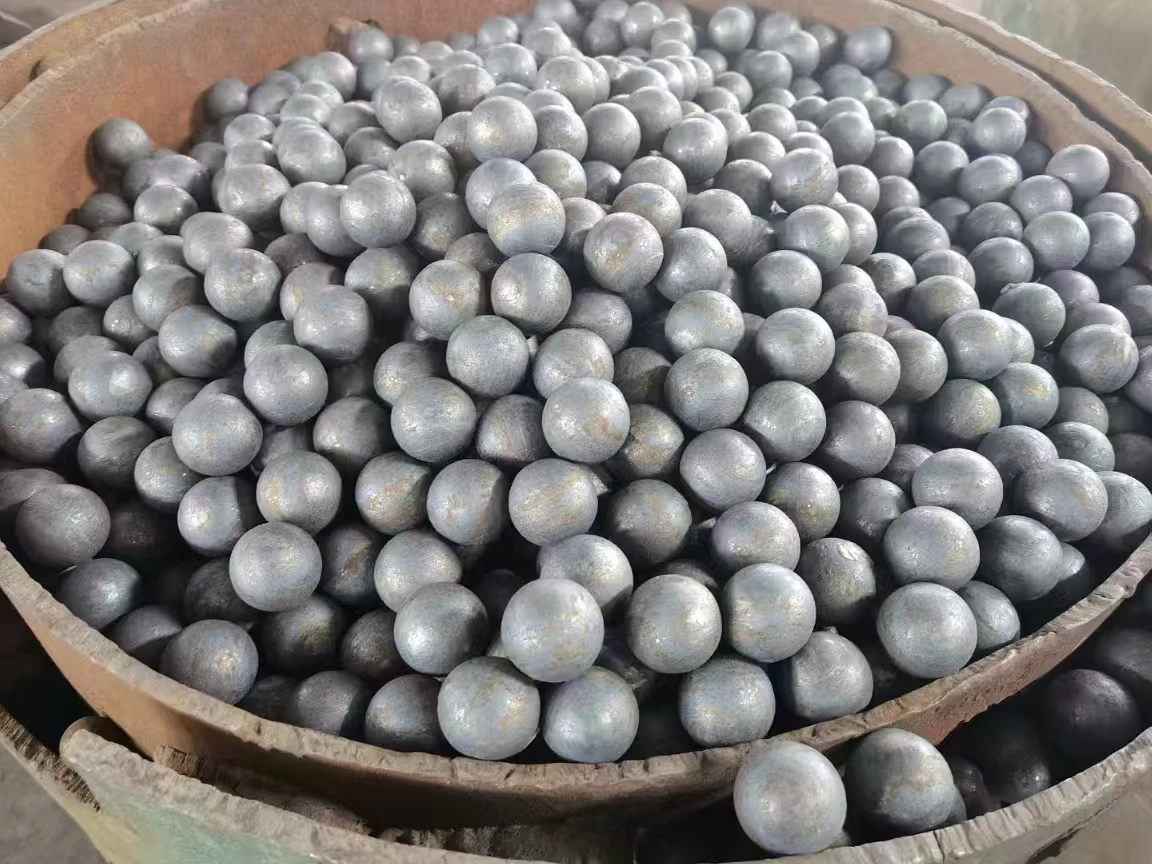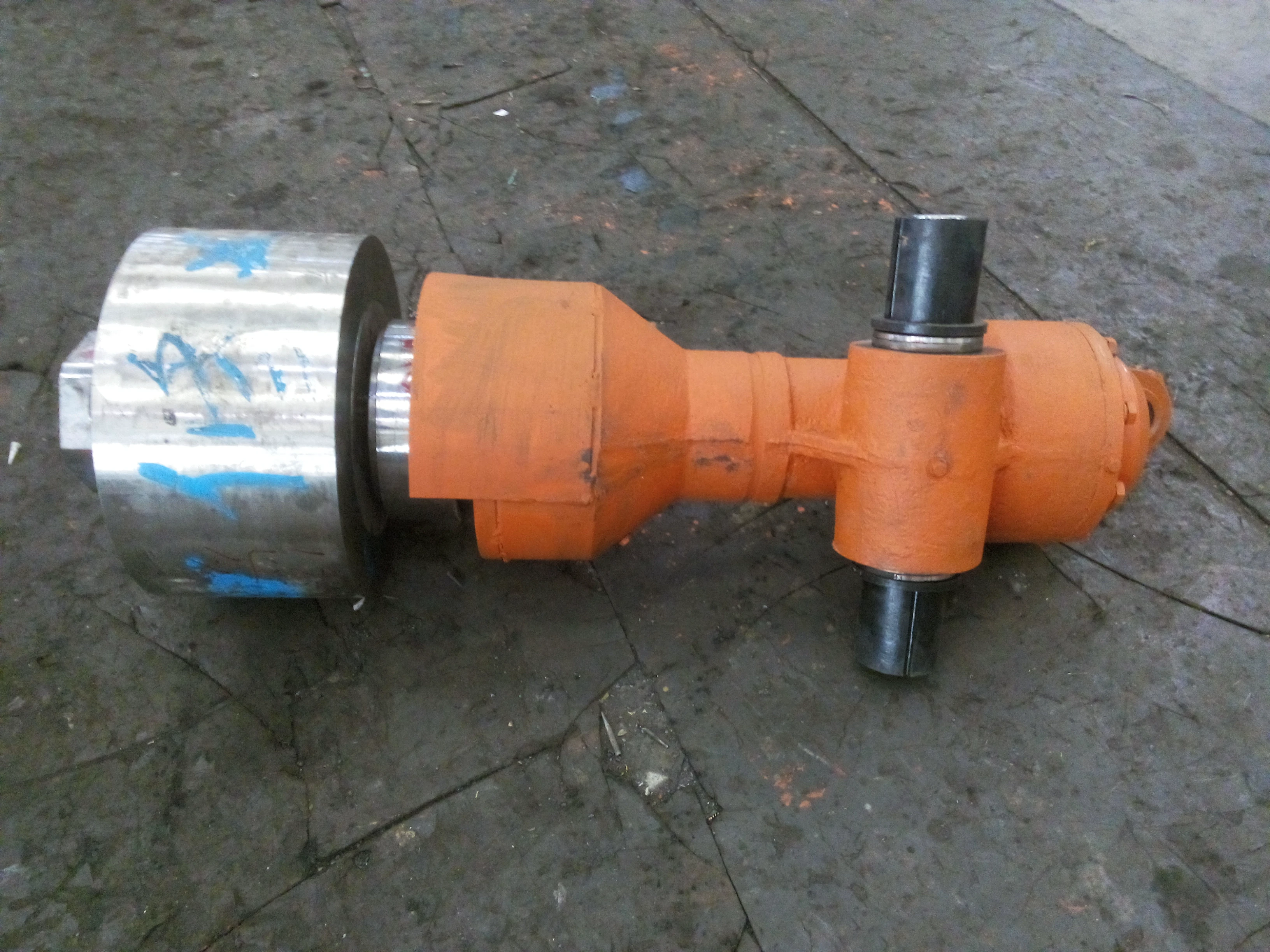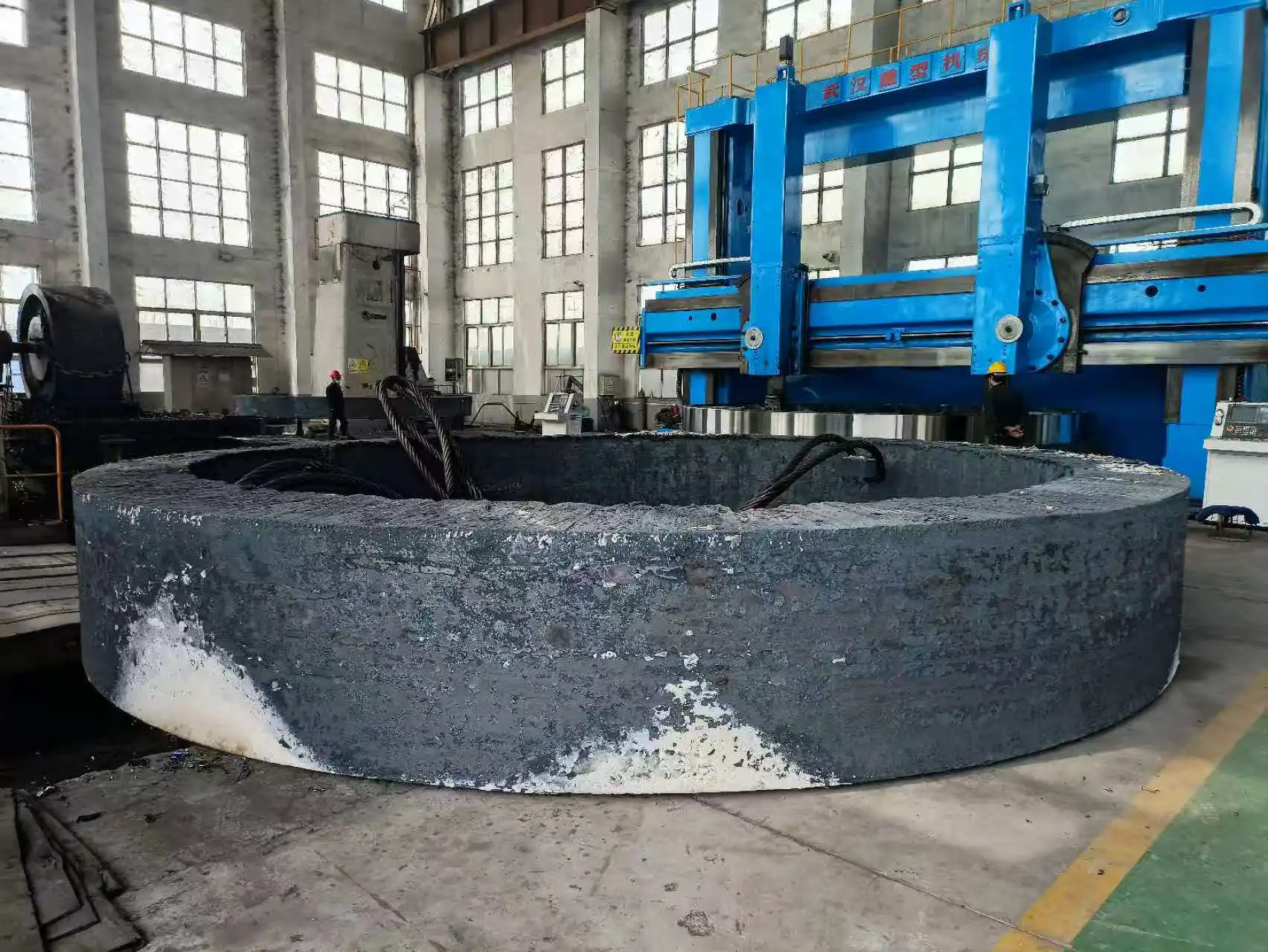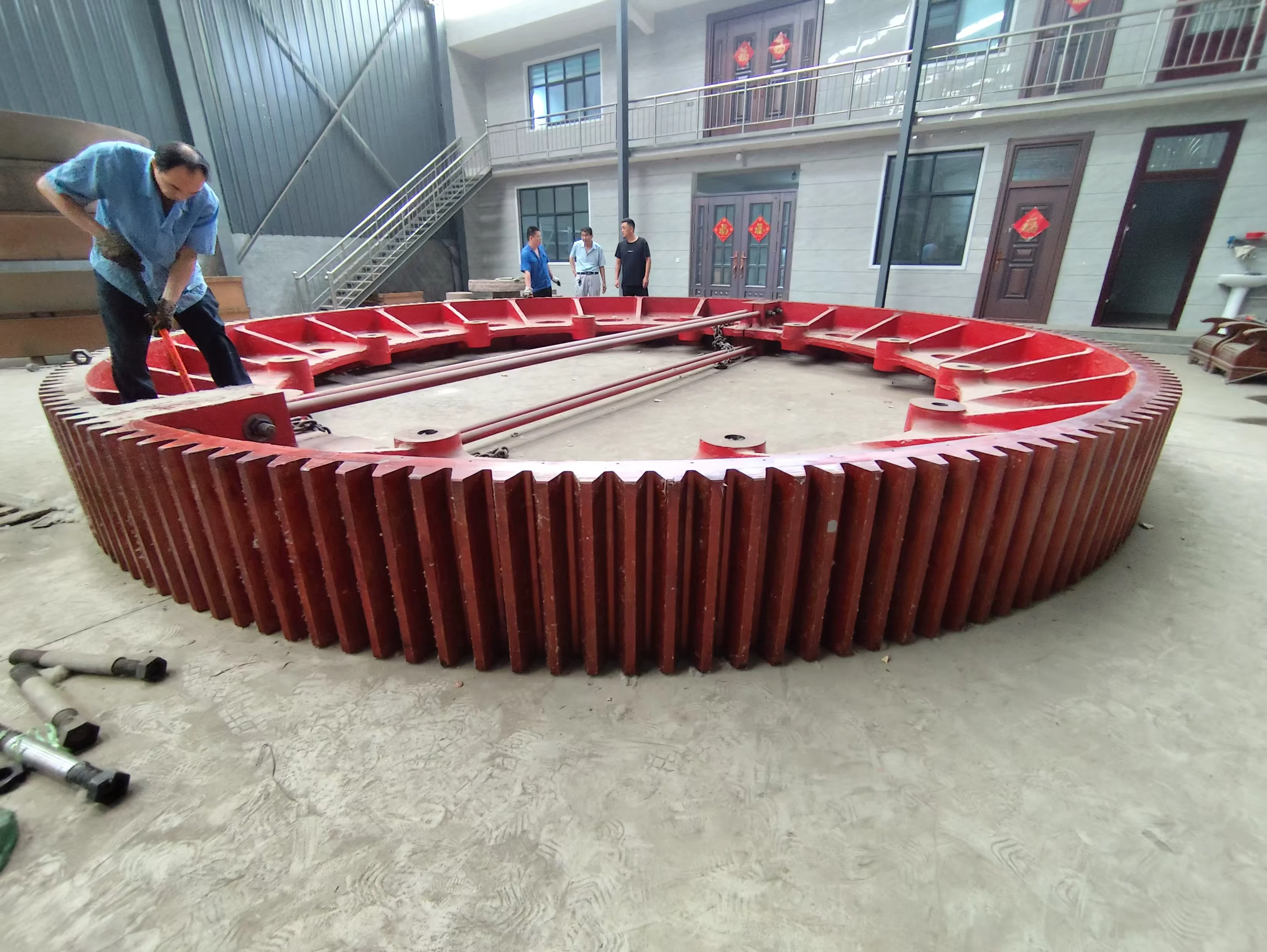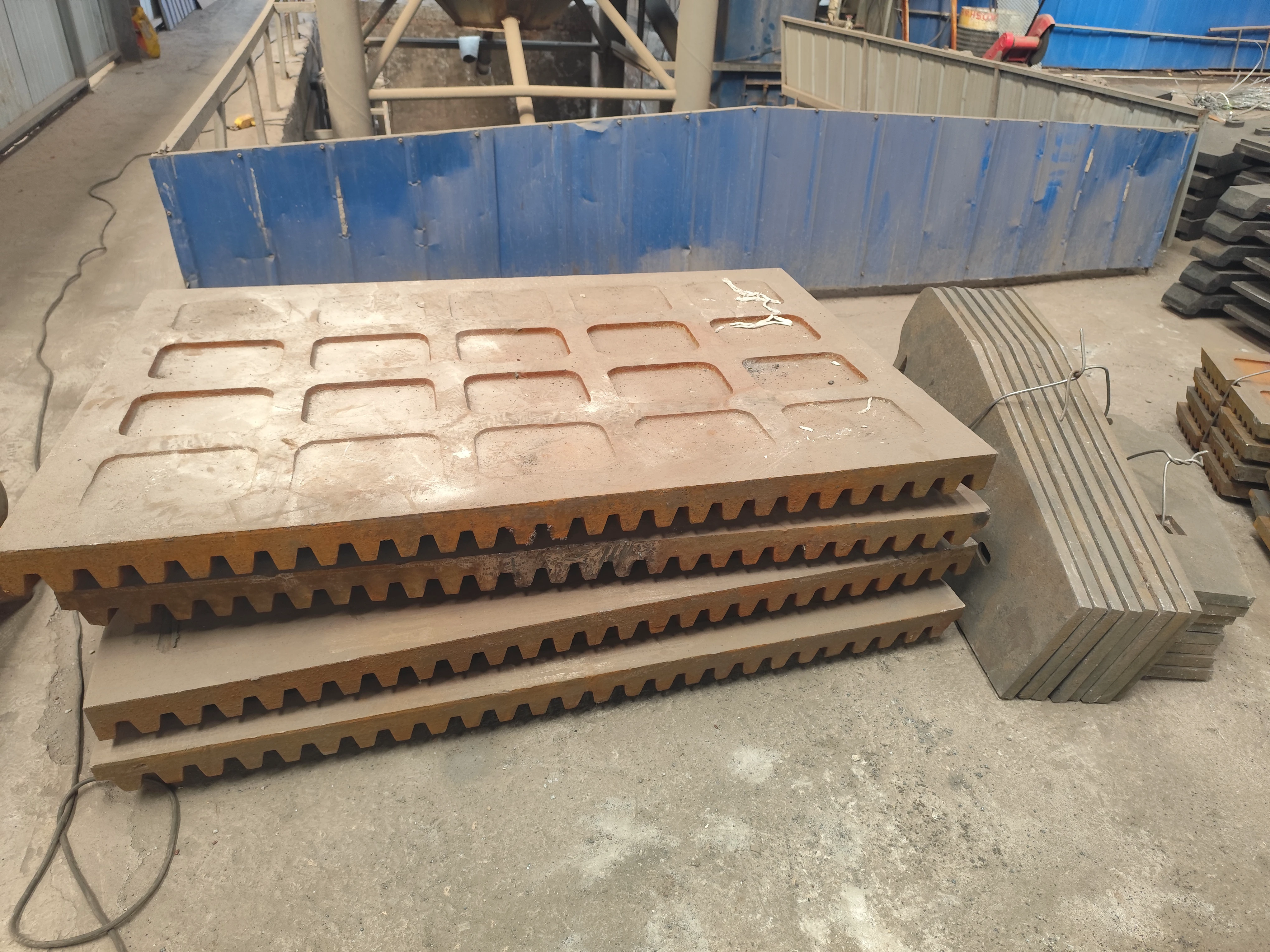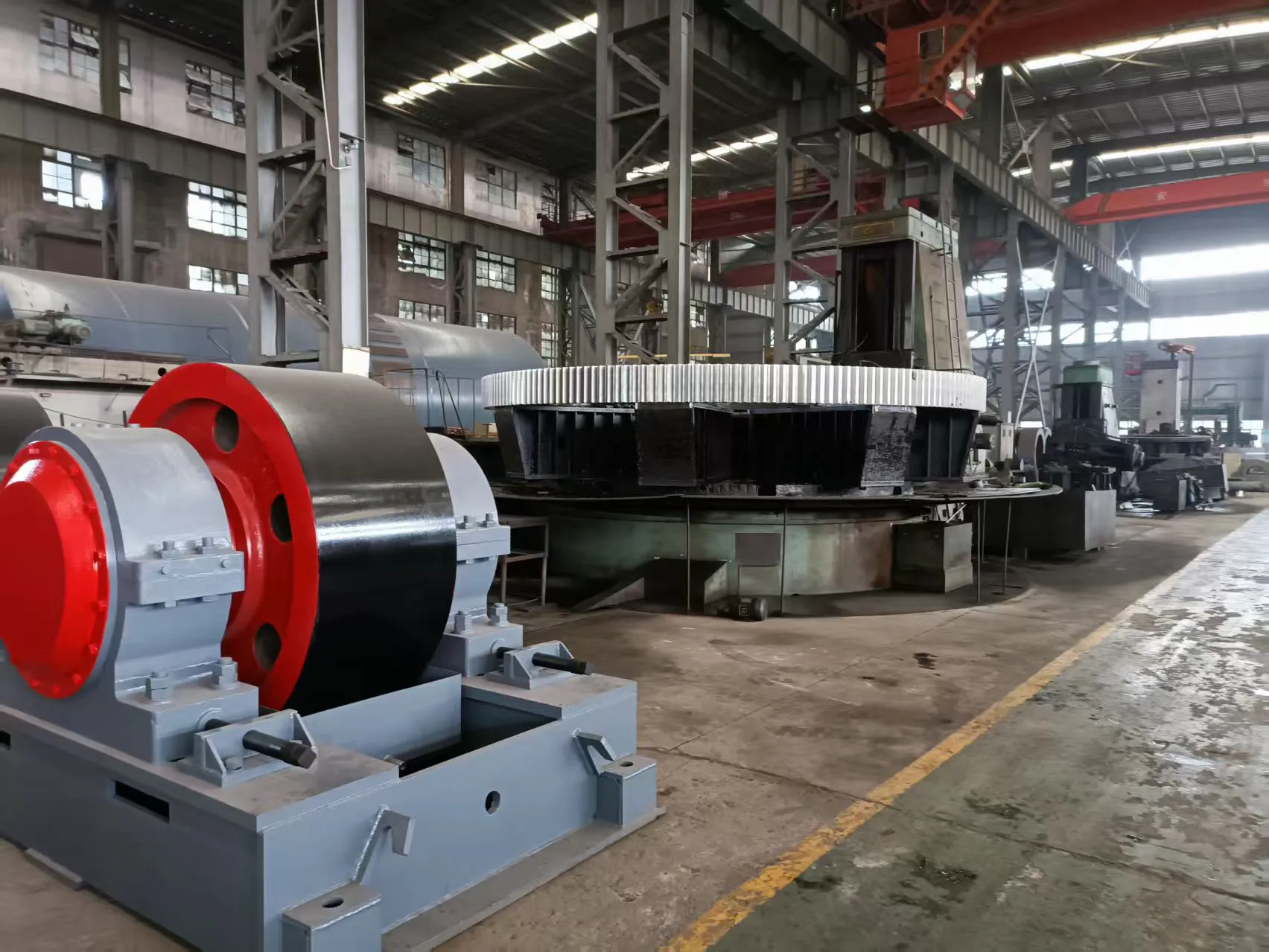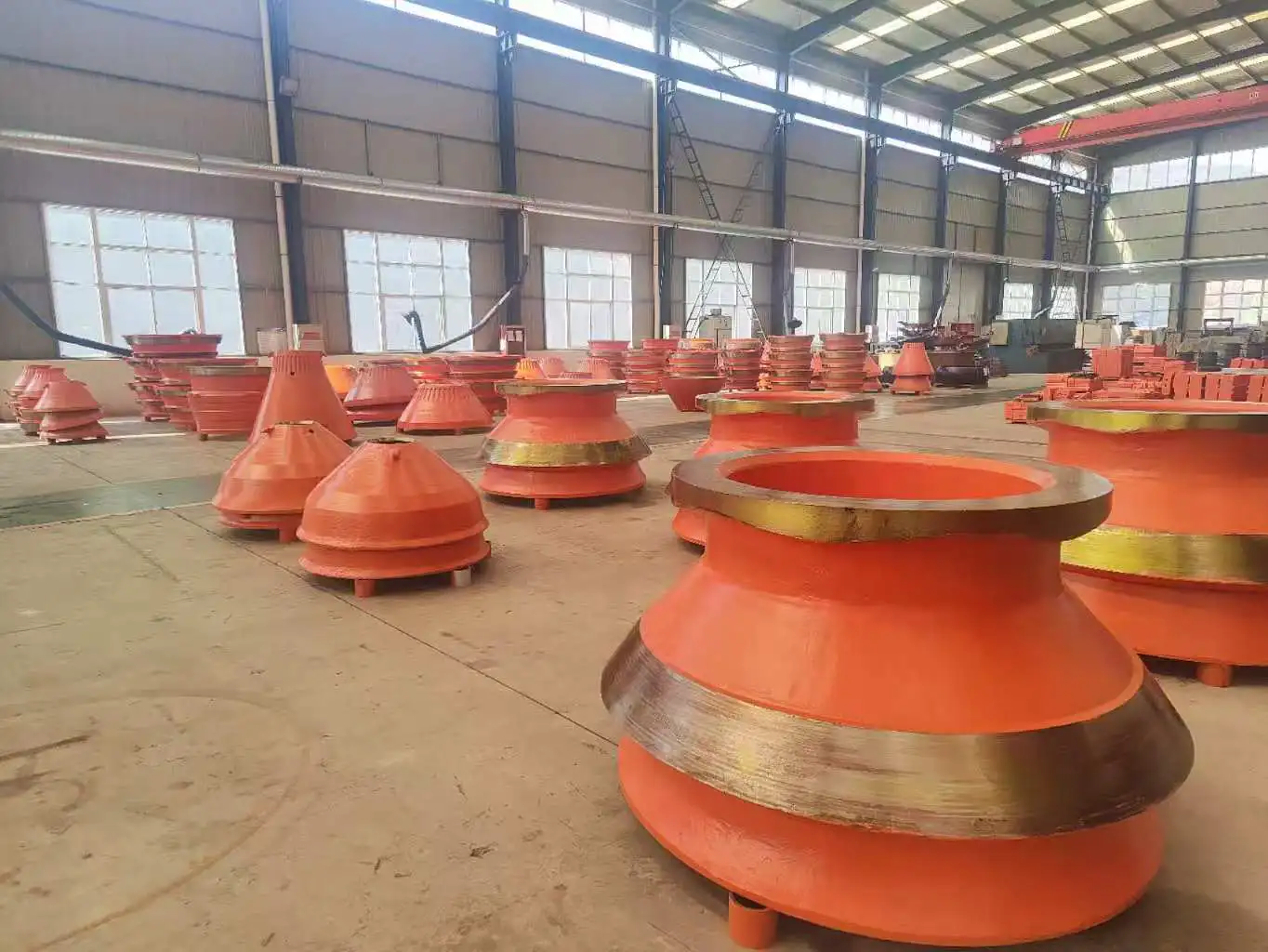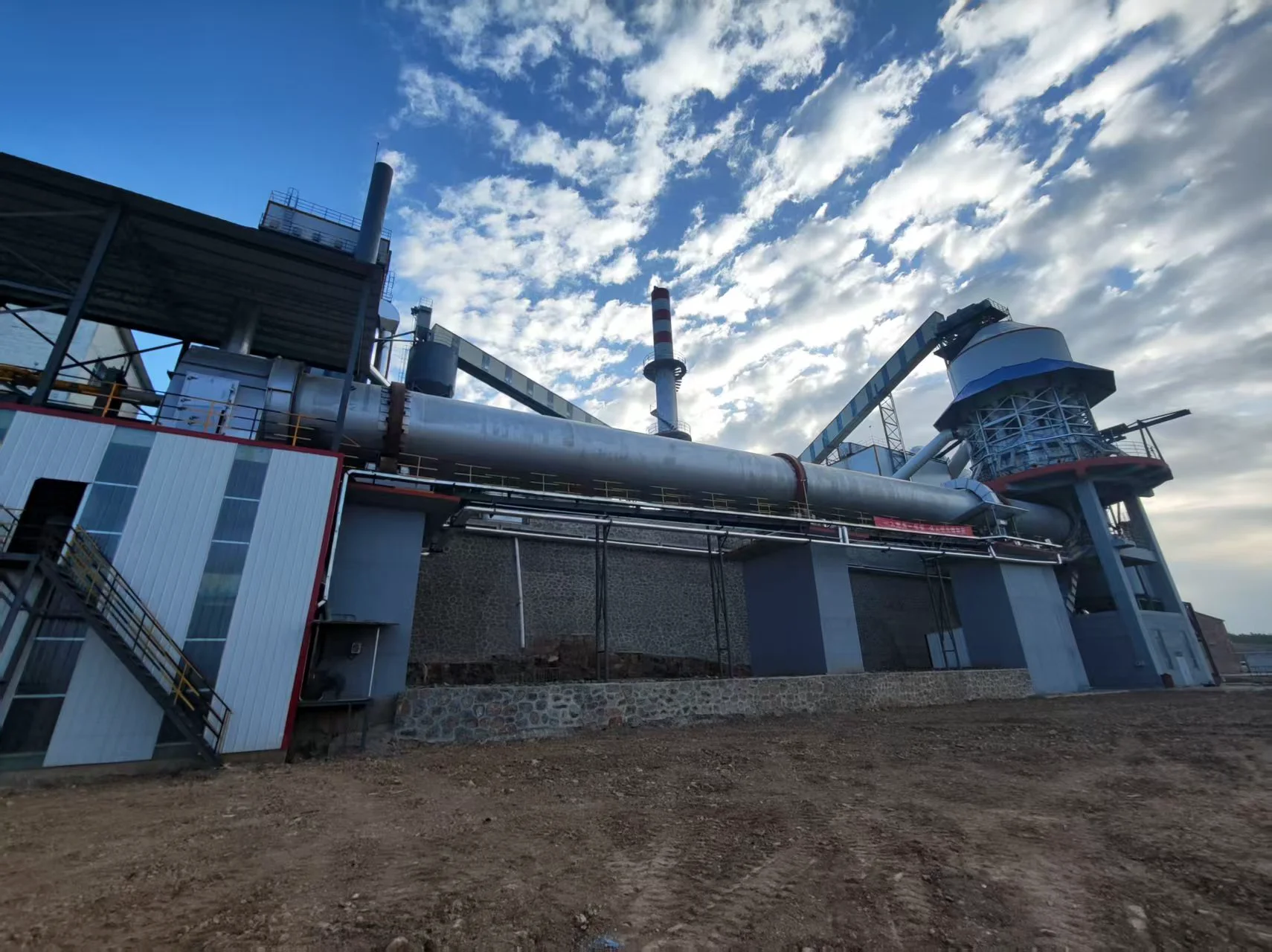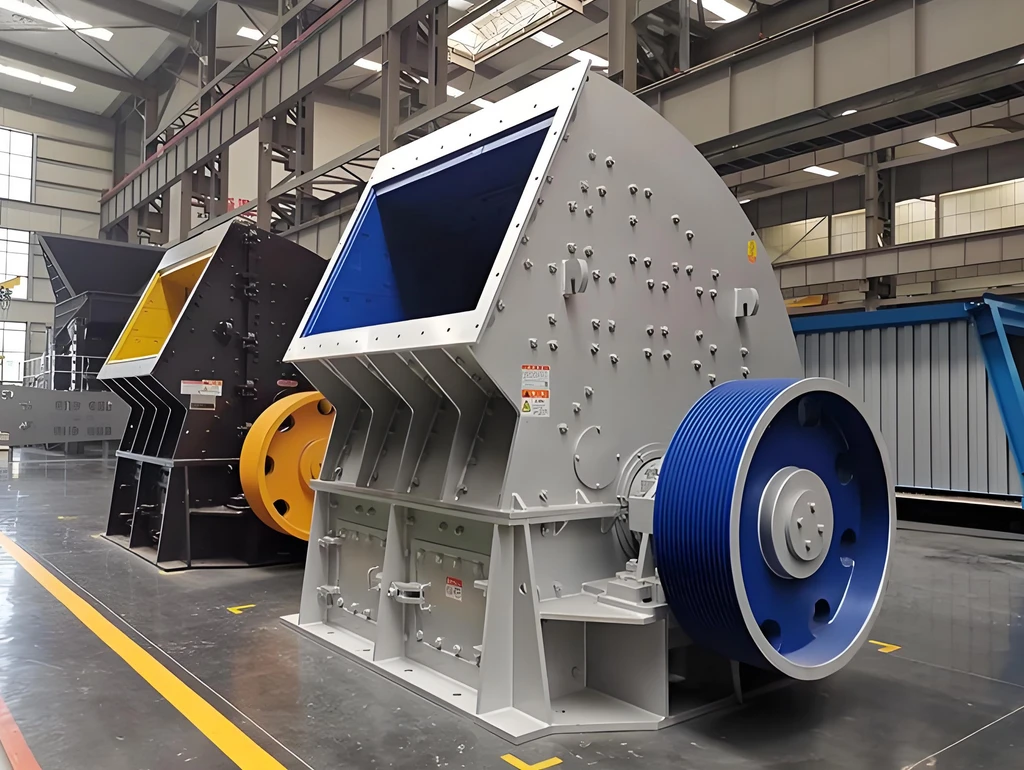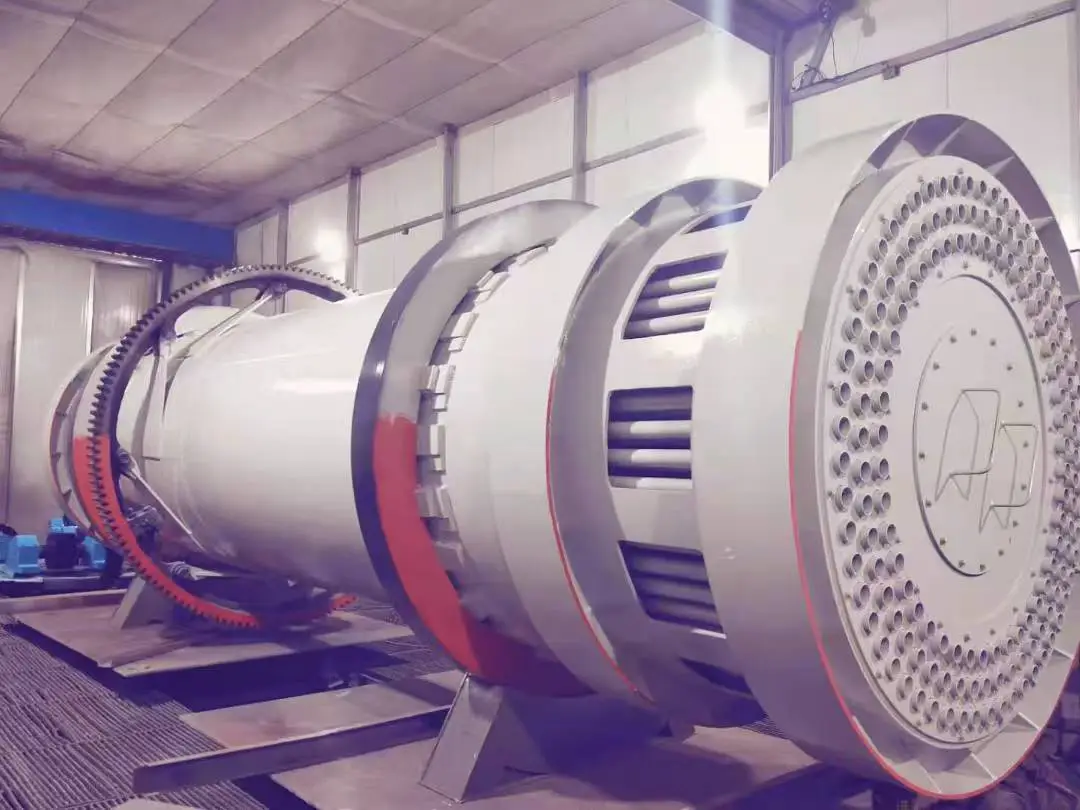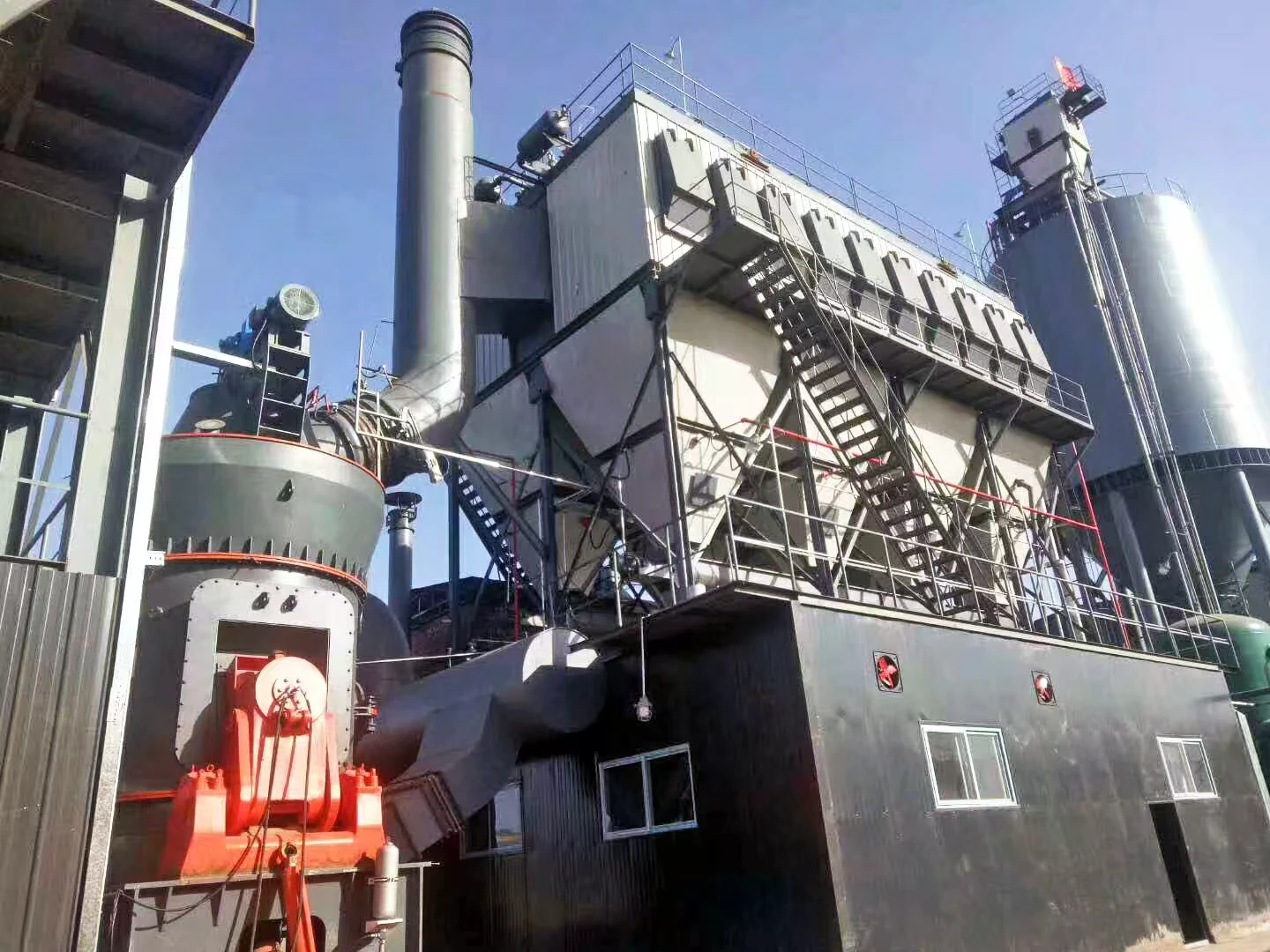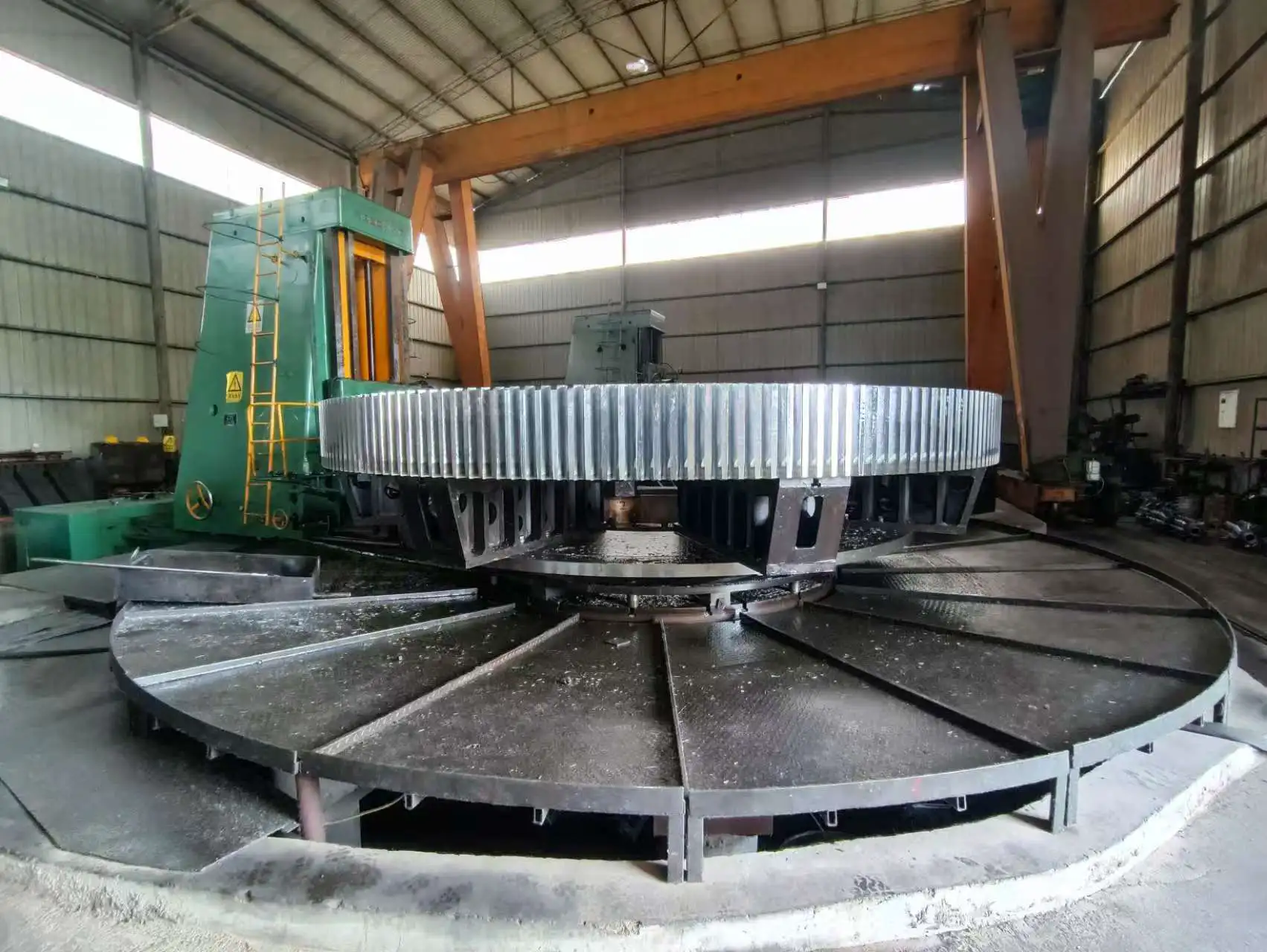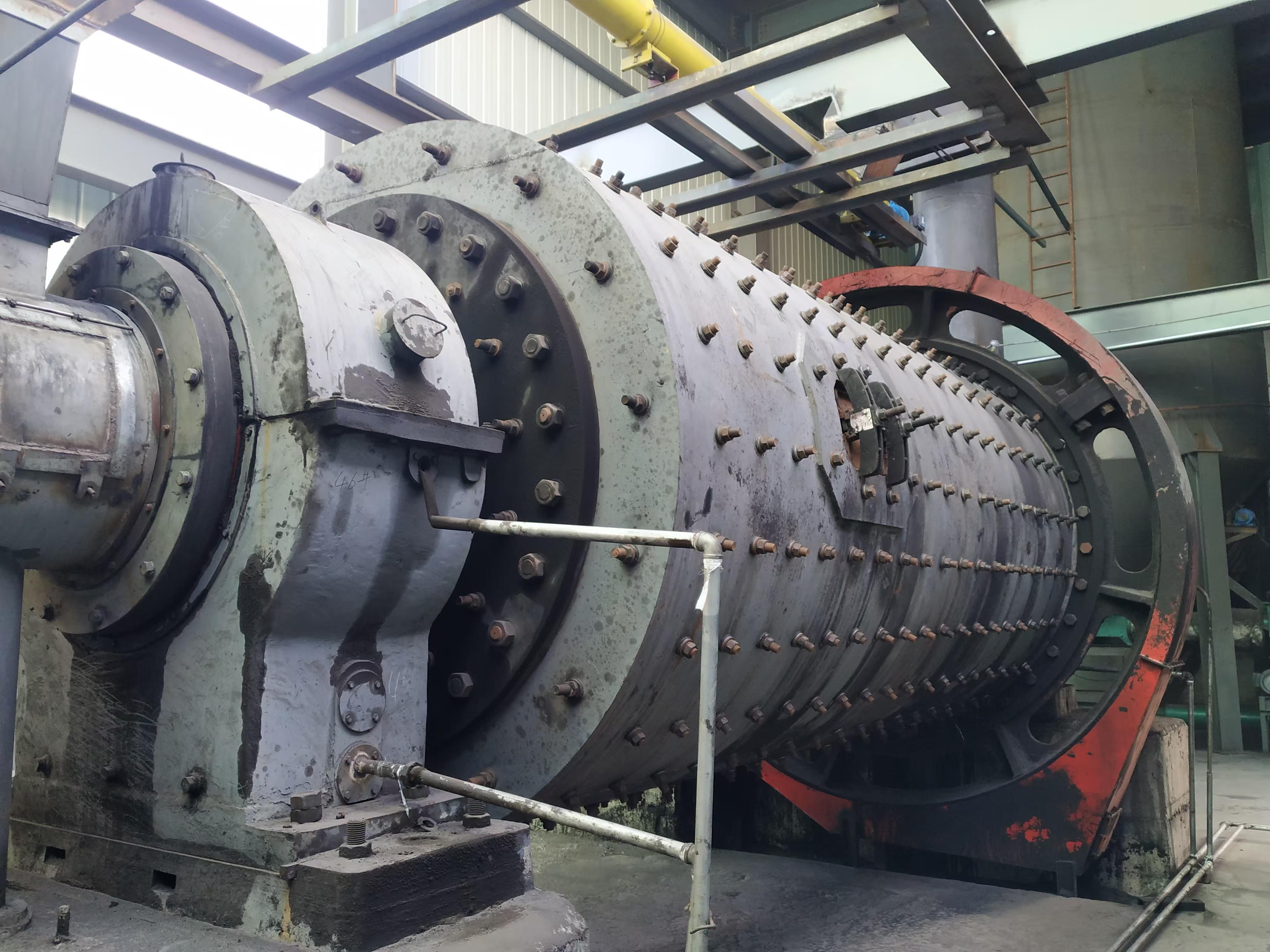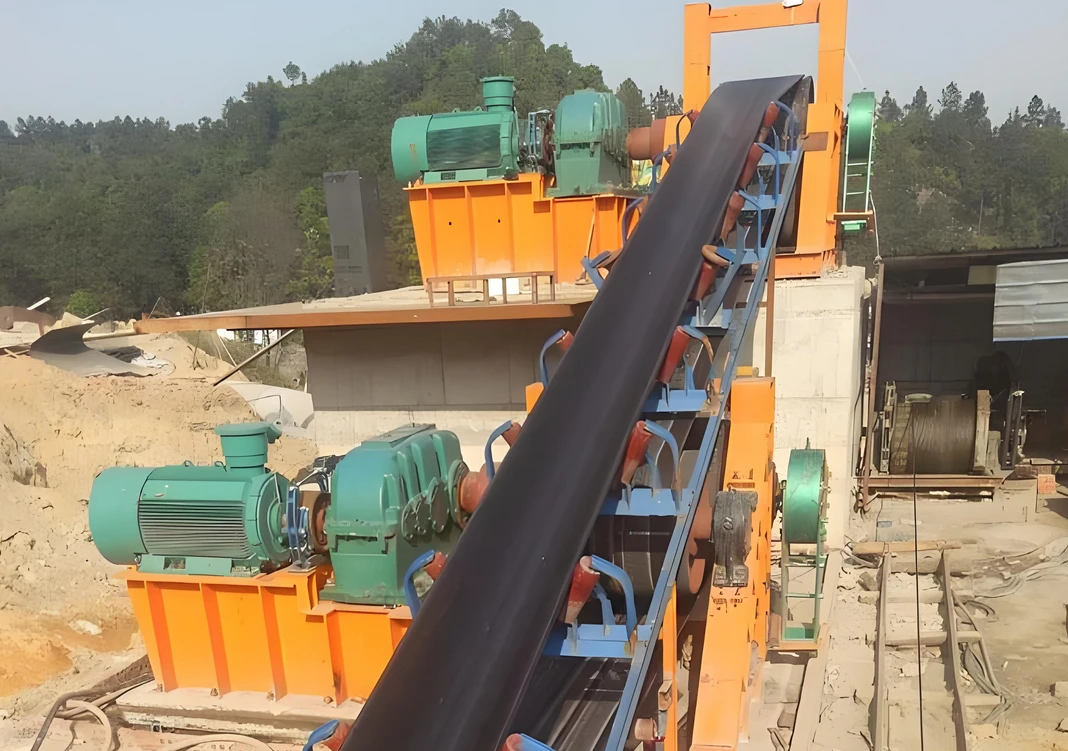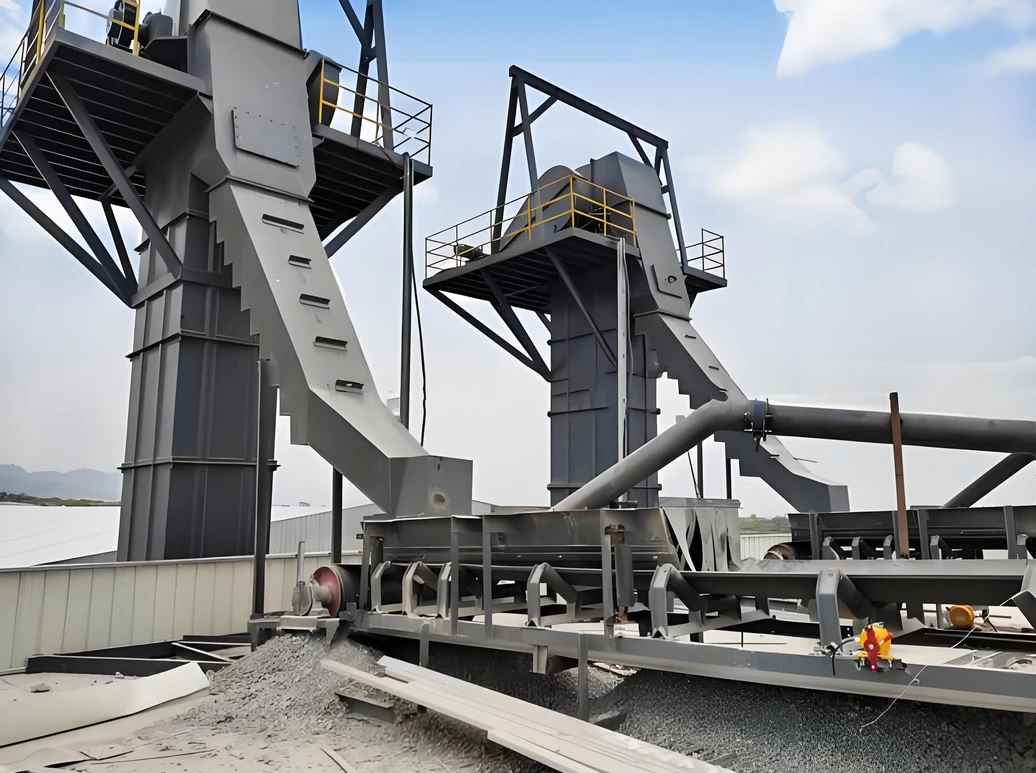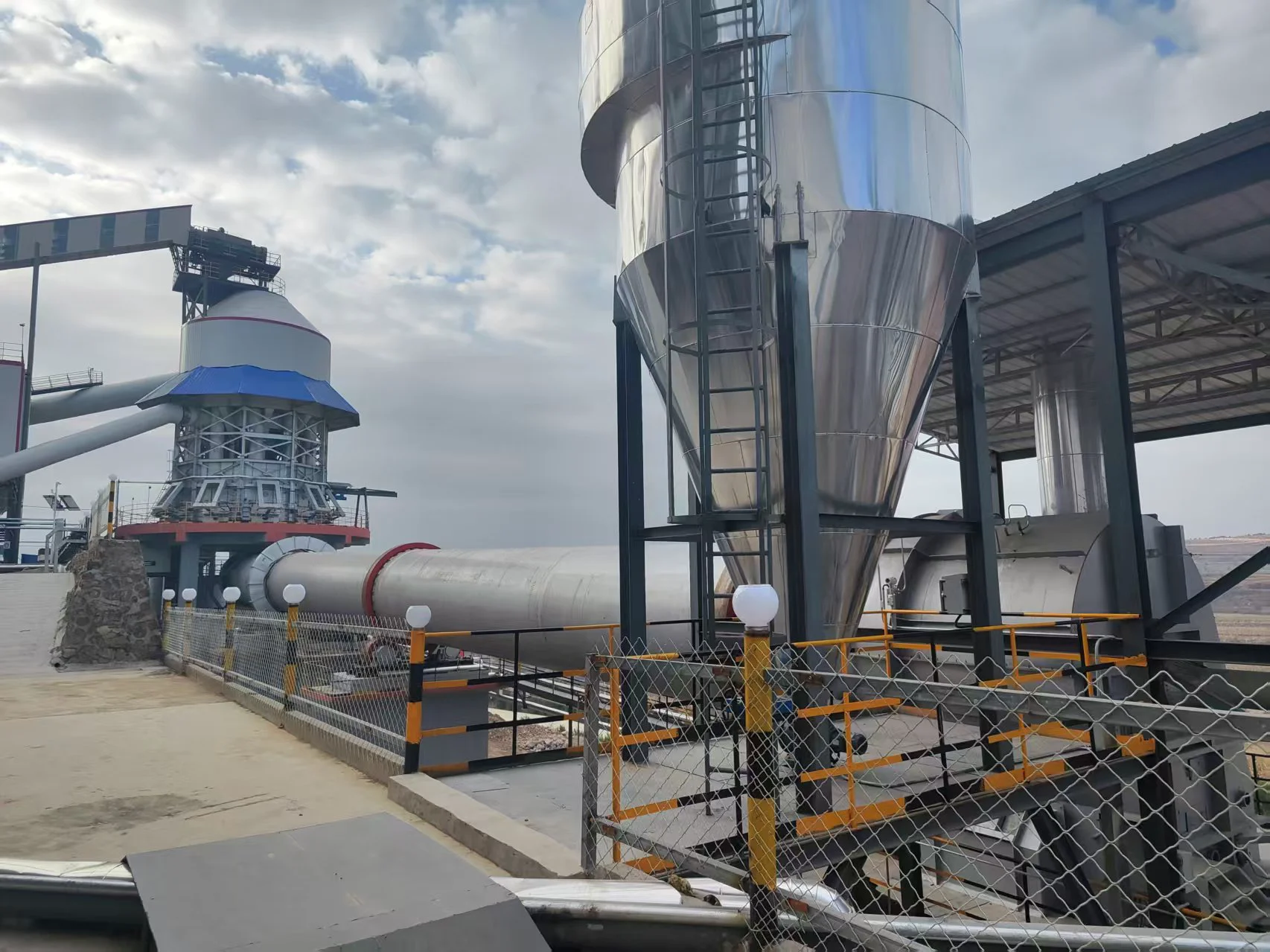1. Function of lining
Protect the cylinder: prevent the cylinder from being worn or damaged by grinding media (steel balls, steel rods, etc.) and materials.
Improve grinding efficiency: improve the impact and grinding effect of grinding media on materials by optimizing the shape of lining (such as waveform, step shape, etc.).
Control material flow: Adjusting the layout of lining can change the movement trajectory of materials in the cylinder, affecting the residence time and grinding effect.
Energy transfer: The design of lining affects energy utilization, thereby affecting power consumption and output.
2. Common materials of lining
The lining needs to have high wear resistance, impact resistance and corrosion resistance. Commonly used materials include:
High manganese steel (ZGMn13): strong impact resistance, suitable for large ball mills, but medium wear resistance.
Alloy steel (such as Cr-Mo steel): by adding elements such as chromium and molybdenum to improve hardness and wear resistance, cost-effective.
Rubber lining: used for wet grinding or corrosive environment, low noise, light weight, but poor impact resistance.
Polyurethane lining: wear-resistant and corrosion-resistant, suitable for small ball mills or special materials.
Ceramic lining: used for ultra-fine grinding to avoid metal pollution (such as electronics and pharmaceutical industries).
3. Main types of linings
Classification by shape and function:
Corrugated lining: suitable for coarse grinding, strong lifting effect on grinding media, large impact force.
Step lining: combined with lifting and sliding effects, balanced impact and grinding, high versatility.
Flat lining: smooth surface, mainly used for fine grinding or secondary grinding.
Grading lining: through special structure, the grinding media is graded by size to improve efficiency.
Magnetic lining: using magnetism to fix the media, reduce wear and extend life.
4. Lining installation method
Bolt fixing: traditional method, high reliability, but the bolt hole may become a wear point.
Boltless inlay: using slot or dovetail slot design to reduce maintenance, but complex installation.
Rubber strip fixing: suitable for rubber lining to avoid metal contact.
The selection of ball mill liner directly affects the equipment life and grinding efficiency. The material and design should be matched according to the specific working conditions (material, environment, process). Regular maintenance and wear analysis can significantly reduce downtime costs.
